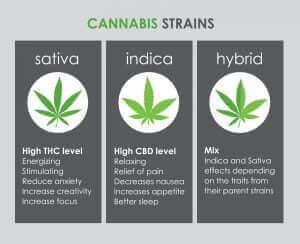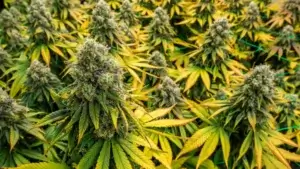Definition:
Fluorescent lights are a type of artificial lighting that uses electricity to excite mercury vapor, producing ultraviolet light that illuminates a phosphor coating, creating visible light. In cannabis cultivation, they are commonly used for seedlings, clones, or small-scale grows due to their low heat output and energy efficiency.
Purpose and Usage
Fluorescent lights are widely used in cannabis cultivation during the early stages of plant growth, such as germination and cloning. They provide a gentle light spectrum that minimizes stress on young plants and supports healthy initial development.
How It Relates to Cannabis
- Benefits of Fluorescent Lights for Cannabis:
- Low Heat Output: Prevents burning delicate seedlings and clones.
- Energy Efficiency: Consumes less electricity compared to high-intensity discharge (HID) lights.
- Affordable: Inexpensive setup for beginner growers or small-scale operations.
- Compact Size: Suitable for small grow spaces like closets or cabinets.
- Common Types of Fluorescent Lights:
- T5 Fluorescent Lights: Most popular for cannabis; offers a balanced light spectrum and high efficiency.
- CFL (Compact Fluorescent Lights): Convenient and widely available, though less effective for larger plants.
- T8 and T12 Fluorescent Lights: Less commonly used due to lower efficiency compared to T5 lights.
- Usage in Cannabis Cultivation:
- Ideal for germinating seeds and nurturing clones.
- Supports vegetative growth in smaller or personal grow setups.
- Often replaced by higher-output lights like LEDs or HIDs for flowering.
Common Misconceptions
- Fluorescent lights are sufficient for all growth stages: While effective for early stages, they lack the intensity needed for optimal flowering and yield.
- Fluorescent lights are outdated: Modern fluorescent systems like T5s remain relevant for specific applications in cannabis cultivation.
- Fluorescent lights are expensive to run: They are relatively energy-efficient, especially for small-scale grows.
Alternatives
- LED Lights: Energy-efficient and customizable for all growth stages, including flowering.
- HID Lights: High-output lighting, ideal for large-scale or flowering setups but generates more heat.
- Natural Sunlight: The most cost-effective light source for outdoor cultivation.
Importance of Fluorescent Lights
Fluorescent lights are an essential tool for cannabis growers, offering a reliable and affordable solution for the early stages of plant growth. They provide the right light spectrum and intensity for seedlings and clones without risking heat damage. While they may not support large-scale or flowering stages, their accessibility and efficiency make them a valuable choice for novice growers and specialized applications.





